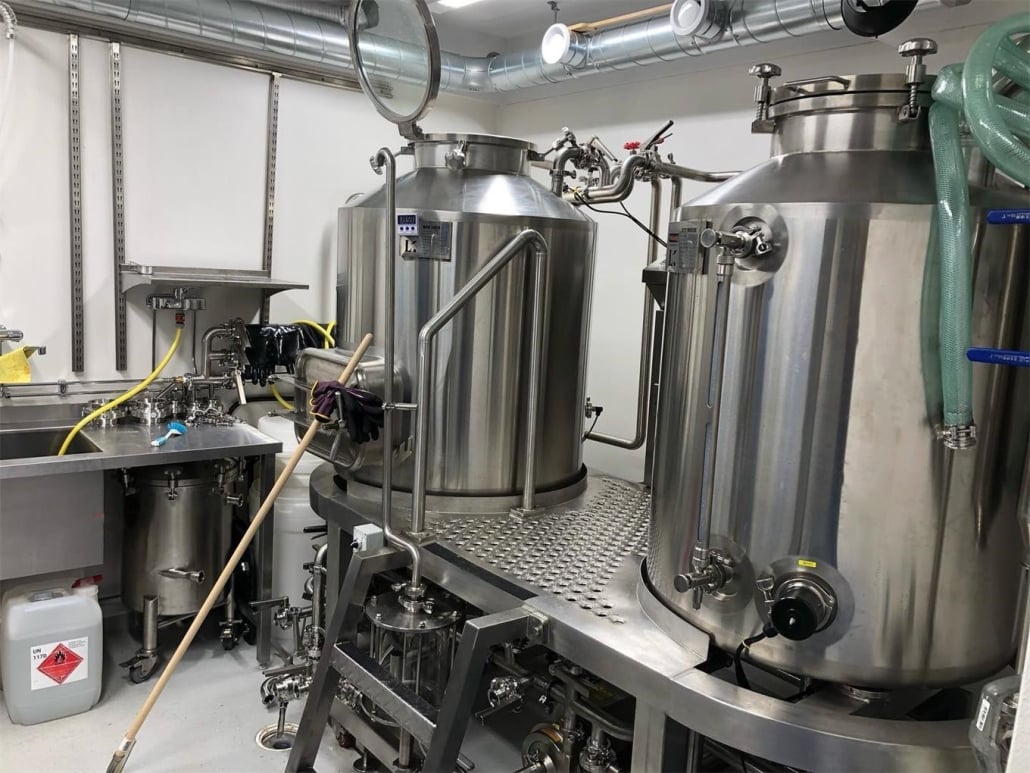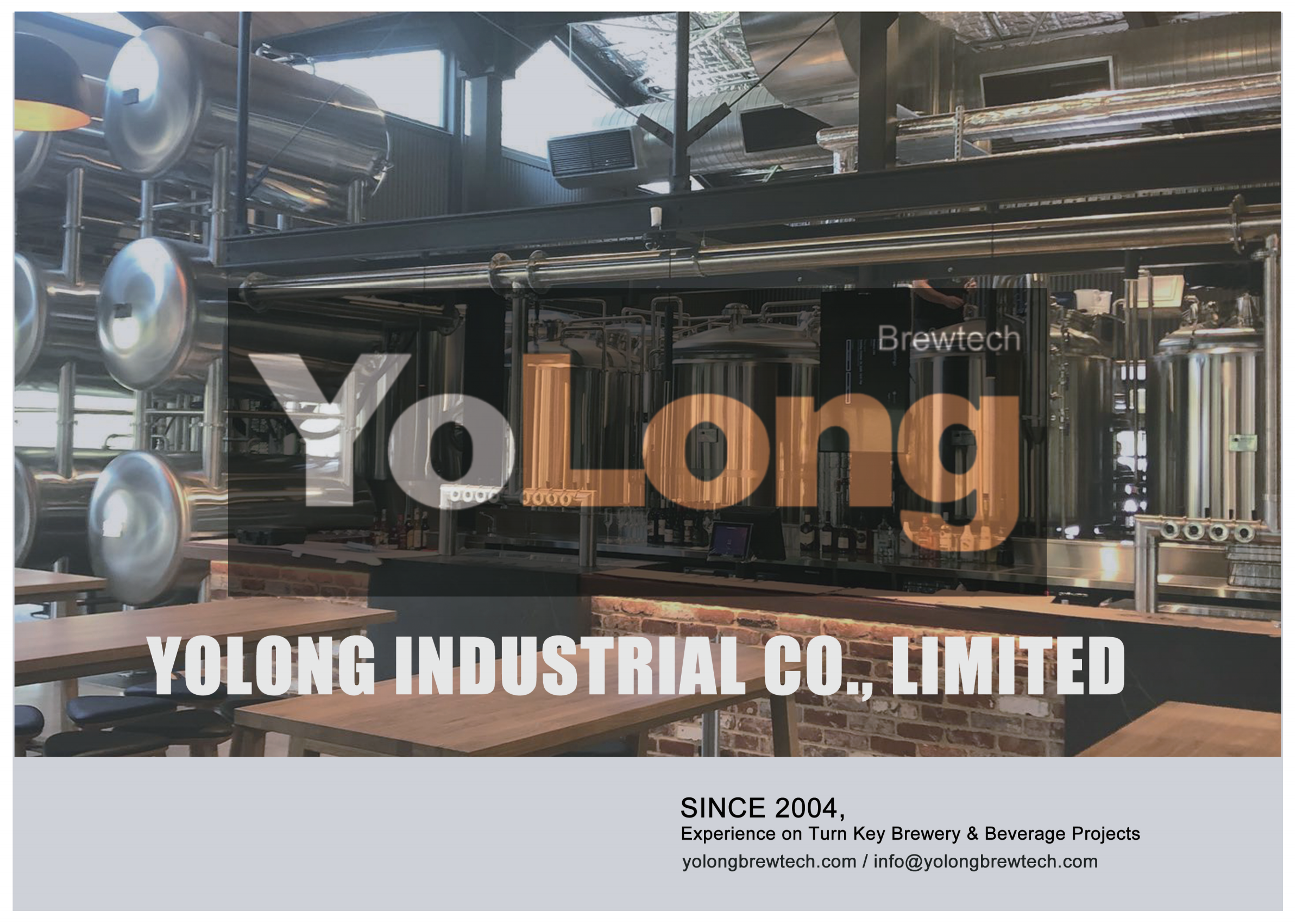Complete Beer Brewing System
Are you looking to set up your own brewery or upgrade your brewing equipment? Understanding how a complete beer brewing system works is essential to producing high-quality beer. Whether you are a homebrewer stepping up to the big leagues or a professional looking to expand, this guide will take you through all the components of a beer brewing system, including equipment types, brewing processes, capacity considerations, supplier comparisons, and installation tips.
In this article, we will cover everything from the essentials of brewing beer to maintaining your equipment efficiently. Let’s dive deep into how these systems work and help you craft the perfect brew!
Overview of a Complete Beer Brewing System
A complete beer brewing system consists of multiple stages and pieces of equipment, designed to turn raw ingredients like malt, hops, and yeast into beer. These systems range in complexity depending on the size of the operation. For small homebrewers, a relatively simple setup may suffice, but larger breweries require more intricate designs, multiple tanks, and automation to handle the large-scale production.
The main components of a beer brewing system are:
- Mashing Equipment: For combining water and malt to convert starches to sugars.
- Boiling Equipment: Where hops are added, and the wort (unfermented beer) is boiled.
- Fermentation Tanks: Where yeast is added to convert sugars into alcohol.
- Cooling Systems: To lower the temperature of the wort quickly after boiling.
- Filtration and Bottling Equipment: For packaging and preparing the beer for sale or storage.
Each component plays a crucial role in the brewing process. Ensuring you have the right equipment and configuration is key to producing beer that tastes great every time.
Guide to Beer Brewing Equipment
When selecting the right equipment for a complete beer brewing system, it’s important to know the purpose and specifications of each piece. This will ensure you make an informed decision based on your production goals.

Key Equipment in a Complete Beer Brewing System
- Mash Tun (Mashing Equipment)
The mash tun is where the brewing process begins. Here, malt and hot water are mixed to convert starches into fermentable sugars. It’s a critical stage for the flavor development of your beer. - Boil Kettle (Boiling Equipment)
The next stage involves boiling the wort. The boil kettle heats the wort, and this is where hops are added for bitterness and aroma. - Fermentation Tanks
After boiling, the wort is transferred to the fermentation tanks. Yeast is added here to ferment the sugars into alcohol, producing beer. - Heat Exchanger (Cooling Equipment)
Post-boil, the wort needs to be rapidly cooled to prepare it for fermentation. A heat exchanger cools the liquid quickly, reducing the chance of bacterial contamination. - Bright Tanks (Conditioning Equipment)
Once fermentation is complete, the beer may be transferred to bright tanks for conditioning. This is where the beer gets its final polish, carbonation levels are adjusted, and it’s prepared for packaging. - Filtration and Bottling Equipment
Once the beer is ready, it needs to be filtered to remove any residual yeast or sediment. Bottling equipment packages the beer for distribution.
Types of Beer Brewing Equipment
| Equipment | Purpose | Capacity Range | Notes |
|---|---|---|---|
| Mash Tun | Converts starches to sugars in the mashing stage | 5 to 100+ barrels | Crucial for malt conversion efficiency |
| Boil Kettle | Boils wort and adds hops for bitterness and aroma | 5 to 100+ barrels | Affects flavor based on boil times |
| Fermentation Tanks | Ferments wort into beer by adding yeast | 5 to 100+ barrels | Available in conical and cylindrical types |
| Heat Exchanger | Rapidly cools wort after boiling | Scalable to system size | Important for preventing contamination |
| Bright Tanks | Carbonates and conditions beer | 5 to 100+ barrels | Polishes beer before packaging |
| Filtration System | Filters out yeast and sediment from finished beer | Dependent on production scale | Ensures clarity and consistency |
| Bottling Equipment | Packages beer into bottles or cans | Scalable to system size | Options for semi-automatic or full automatic |
The Brewing Process Explained
The brewing process is both art and science. Every stage impacts the final product, so understanding each step is vital whether you’re working with a homebrew system or a large-scale brewery.
1. Mashing
This is the first step, where malted grains are combined with hot water. During this process, the heat activates enzymes in the malt, converting the starches into fermentable sugars. The result is a sugary liquid called wort.
2. Lautering
After mashing, the wort is separated from the grain husks in a process known as lautering. The grain bed acts as a natural filter, allowing the liquid to pass through while retaining the spent grains.
3. Boiling
Next, the wort is boiled, and hops are added. This stage not only sterilizes the wort but also extracts bitter compounds from the hops, which balance the sweetness of the malt.
4. Cooling
After boiling, the wort needs to be cooled quickly to avoid contamination. This is done using a heat exchanger, where the hot wort passes through cooling plates or tubes.
5. Fermentation
Once cooled, the wort is transferred to fermentation tanks where yeast is added. Over a period of days or weeks, the yeast converts the sugars in the wort into alcohol and carbon dioxide.
6. Conditioning
During conditioning, the beer develops its final flavor and carbonation. It can either be done in the fermentation tank or in a separate bright tank.
7. Filtration and Packaging
Finally, the beer is filtered to remove any remaining solids, and then it’s packaged in bottles, cans, or kegs.
System Capacity, Space, Design, and Customization
| Factor | Details | Impact |
|---|---|---|
| Capacity | Systems range from small 5-barrel setups to 100+ barrel systems | Determines the scale of production |
| Space Requirements | Larger systems need more floor space | Important for planning brewery layout |
| Design | Can be customized to suit specific brewing methods | Custom designs improve workflow efficiency |
| Layout | Efficient layouts reduce downtime | Space-saving designs are key for small breweries |
| Customization | Systems can be tailored for unique beer styles | Specialized systems improve product differentiation |
Beer Brewing System Suppliers and Price Ranges
| Supplier | Price Range | Specialization | Location |
|---|---|---|---|
| Blichmann Engineering | $2,500 – $50,000 | Home and small commercial systems | USA |
| Ss Brewtech | $1,500 – $100,000 | Custom stainless steel brewing equipment | USA |
| Specific Mechanical | $30,000 – $500,000 | Large-scale brewery systems | Canada |
| BrauKon | $50,000 – $1,000,000+ | Premium, fully automated brewing systems | Germany |
| Psycho Brew | $5,000 – $100,000 | Nano and microbrewery setups | USA |
Installation, Operation, and Maintenance of a Brewing System
| Aspect | Details | Considerations |
|---|---|---|
| Installation | Requires proper planning for piping, electrical, and drainage | Professional installation recommended |
| Operation | Systems can be manual, semi-automatic, or fully automated | Choose based on production goals |
| Maintenance | Regular cleaning and sanitizing are required to prevent contamination | Preventive maintenance extends equipment lifespan |
How to Choose a Beer Brewing System Supplier
When selecting a supplier for your brewing equipment, several factors should be considered. Price alone should not dictate your choice; the reputation of the manufacturer, customer service, and availability of spare parts are just as important.
- Reputation: Research customer reviews and ask other brewers for recommendations.
- Customization: If you have specific needs, ensure the supplier can customize their systems.
- Warranty and Support: Check for comprehensive warranties and reliable customer support.
- Delivery Time: Some custom systems can take months to build, so plan accordingly.
Pros and Cons of Complete Beer Brewing Systems
| Feature | Advantages | Limitations |
|---|---|---|
| Automation | Increases production efficiency, reduces labor | High upfront cost |
| Scalability | Can scale up as business grows | Space requirements for larger systems |
| Customization | Tailor systems for unique brewing styles | Customization can delay delivery |
| Durability | High-quality stainless steel ensures longevity | Regular maintenance is necessary |
| Quality Control | Automated systems provide consistent product quality | Requires technical knowledge to operate |

FAQ
| Question | Answer |
|---|---|
| What size brewing system do I need? | It depends on your production goals. Small homebrew setups start at 5 barrels, while large breweries may need 100+ barrel systems. |
| How much space is required for a complete system? | Smaller systems can fit in a garage, but larger setups may require dedicated commercial spaces. |
| Can I automate the brewing process? | Yes, many systems offer automation options to reduce labor and improve consistency. |
| How often should I clean my equipment? | Cleaning should be done after every batch to prevent contamination. |
| What is the typical cost of a brewery system? | Prices range from $2,500 for small setups to over $1,000,000 for fully automated commercial systems. |
By following this guide, you now have the knowledge needed to choose the right brewing system, understand the brewing process, and ensure your brewery runs efficiently.
Share this entry
Interested in learning more about Brewing Systems including additional details and pricing information? Please use the form below to contact us!
YOLONG BREWERY EQUIPMENT FAQS
- Commercial Brewery / Craft Brewery / Microbrewery / Nanobrewery
- What is The Difference Between Craft Beer and Industrial Beer?
- The Bespoke Differences In Custom Brewing Systems
- Everything You Need to Know About Kettle Souring
- How to Choose Brewing Equipment for Your business?
- How To Choose The-Best Partner To Build Your Commercial Microbrewing System?
- Two Detection Sensors That You Need To Use In Your Brewhouse System
- Remote Control Applications in Brewing Equipment/How does it work?
- How To Clean Your Brand New Brewery Tanks?

